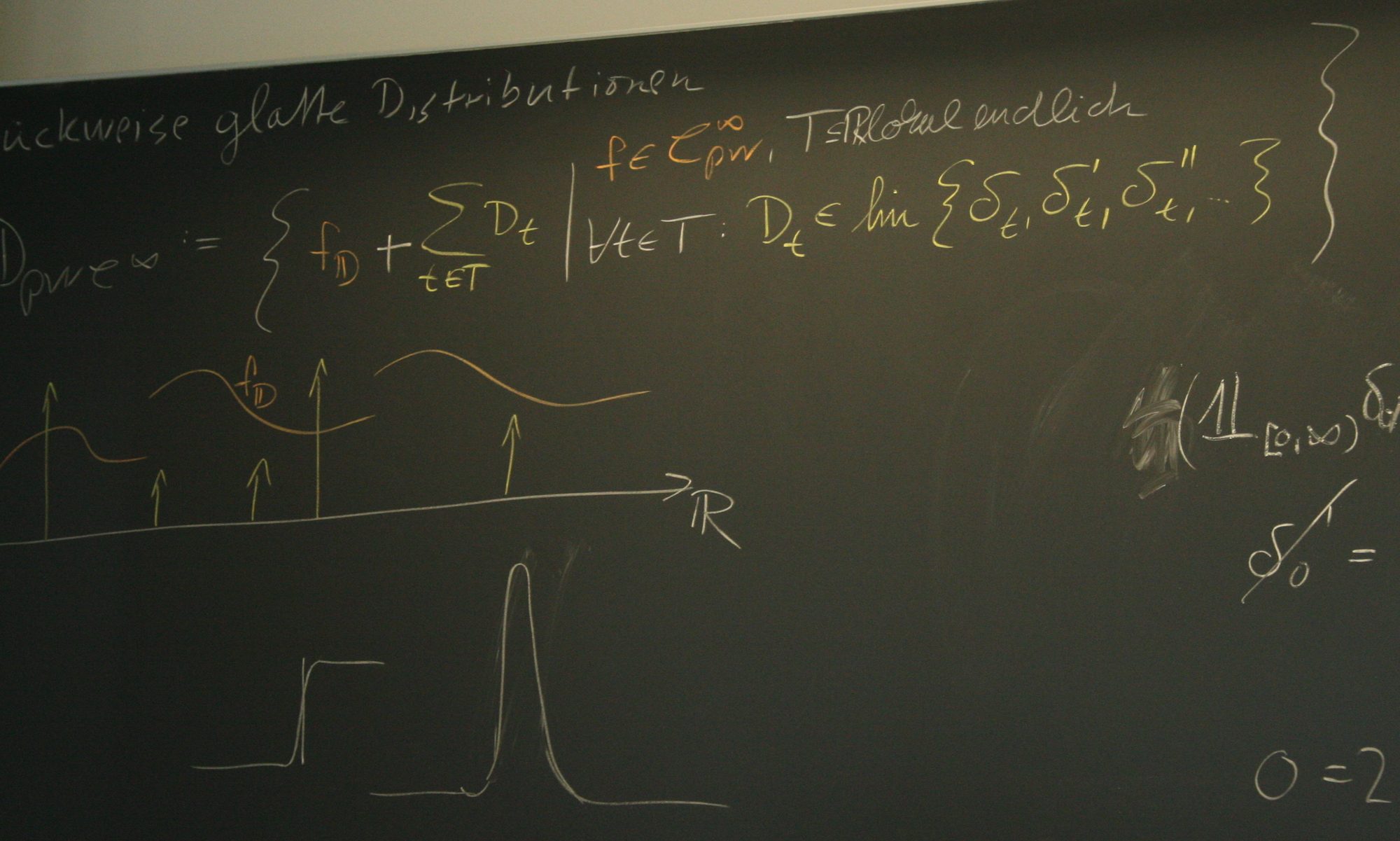Hossain, Sumon; Trenn, Stephan Reduced realization for switched linear systems with known mode sequence Journal Article In: Automatica, vol. 154, no. 111065, pp. 1-9, 2023, (open access). @article{HossTren23a,
title = {Reduced realization for switched linear systems with known mode sequence},
author = {Sumon Hossain and Stephan Trenn},
url = {https://stephantrenn.net/wp-content/uploads/2024/02/HossTren23a.pdf, Paper
https://doi.org/10.5281/zenodo.6410136, Matlab sources},
doi = {10.1016/j.automatica.2023.111065},
year = {2023},
date = {2023-08-01},
urldate = {2023-08-01},
journal = {Automatica},
volume = {154},
number = {111065},
pages = {1-9},
abstract = {We consider switched linear systems with mode-dependent state-dimensions and/or state jumps and propose a method to obtain a switched system of reduced size with identical input-output behavior. Our approach is based in considering time-dependent reachability and unobservability spaces as well as suitable extended reachability and restricted unobservability spaces together with the notion of a weak Kalman decomposition. A key feature of our approach is that only the mode sequence of the switching signal needs to be known and not the exact switching times. However, the size of a minimal realization will in general depend on the mode durations, hence it cannot be expected that our method always leads to minimal realization. Nevertheless, we show that our method is optimal in the sense that a repeated application doesn’t lead to a further reduction and we also highlight a practically relevant special case, where minimality is achieved.},
note = {open access},
keywords = {},
pubstate = {published},
tppubtype = {article}
}
We consider switched linear systems with mode-dependent state-dimensions and/or state jumps and propose a method to obtain a switched system of reduced size with identical input-output behavior. Our approach is based in considering time-dependent reachability and unobservability spaces as well as suitable extended reachability and restricted unobservability spaces together with the notion of a weak Kalman decomposition. A key feature of our approach is that only the mode sequence of the switching signal needs to be known and not the exact switching times. However, the size of a minimal realization will in general depend on the mode durations, hence it cannot be expected that our method always leads to minimal realization. Nevertheless, we show that our method is optimal in the sense that a repeated application doesn’t lead to a further reduction and we also highlight a practically relevant special case, where minimality is achieved. |

